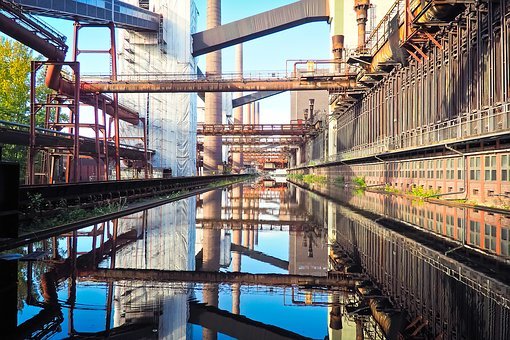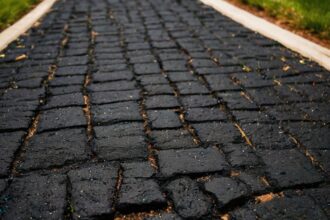$50B Boxer/Inhofe Amendment Is Dead

We covered last month that the Boxer/Inhofe bill was facing some difficulties and that it had been forced to into change. The result was a roads-only investment of $50bn to a more widely dispersed plan that would feature water and transit. Despite changes to the bill it not considered green enough to move forward. The bill is now dead in the water according to our sources, hence this post.

This is something which we are going to see a great deal more of going forward. Any new bill must offer sufficient green credentials. There was quite the number of reasons as to why this bill wouldn’t be passed and the summary made for quite the read.
Financial Worries
The rejection of this bill was simply down to brass tax, and the idea that money could be better spent;
- The amendment Senators Boxer and Inhofe have been working on would increase infrastructure funding. Furthermore we will see transit and water (clean water and drinking water) receive funding. Consequently this would increase funding in the stimulus by up to $50 billion if other funding provided for in the bill is not used quickly.
- This amendment would redirect up to $50 billion of funding. Money which otherwise expire at the end of Fiscal Year 2009 in addition (if necessary) to unobligated balances. These balances from slower-spending programs appropriated throughout the stimulus package that have not been obligated within a full year after enactment.
- A maximum of $50 billion would be redistributed by the President to states for use on highways, transit and water projects. As determined by states and based on a priority list of shovel ready projects within 120 days. This list would be provided by each state and certified by the Governor. Additionally this is based on priorities that are the product of ongoing state and local planning programs.
Positives of The Bill
There was a lot of support for this bill and these positive statements from the summary are the perfect example of that.
- This amendment would provide additional funding for the clean water and drinking water state revolving funds. This amendment would help to maintain the 15% set-aside for green infrastructure included in the underlying bill. This ensures that states will be able to implement green projects to reduce energy consumption and improve water efficiency. Furthermore this would be achieved with any funding provided through the amendment
- This amendment takes money that is otherwise not going to quickly stimulate the economy. The bill moves it to a program that can get people working faster.
- Under this amendment funds are moved to highway, transit and water infrastructure investments. This is because they improve our nation’s infrastructure and can be under contract in an expedited manner.
Despite the positivity and the clear desire to offer up money which would have a direct and instant impact on the economy. The pressure from those on the green side of things was simply too strong. The bill simply needs too much change for it to go through successfully, and this is what the core problem is.
What do you make of this bill and how things have worked out? Would you like to have seen the bill pass?






